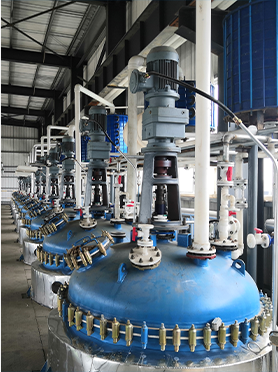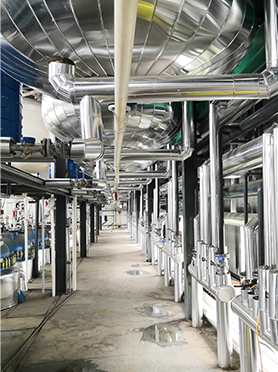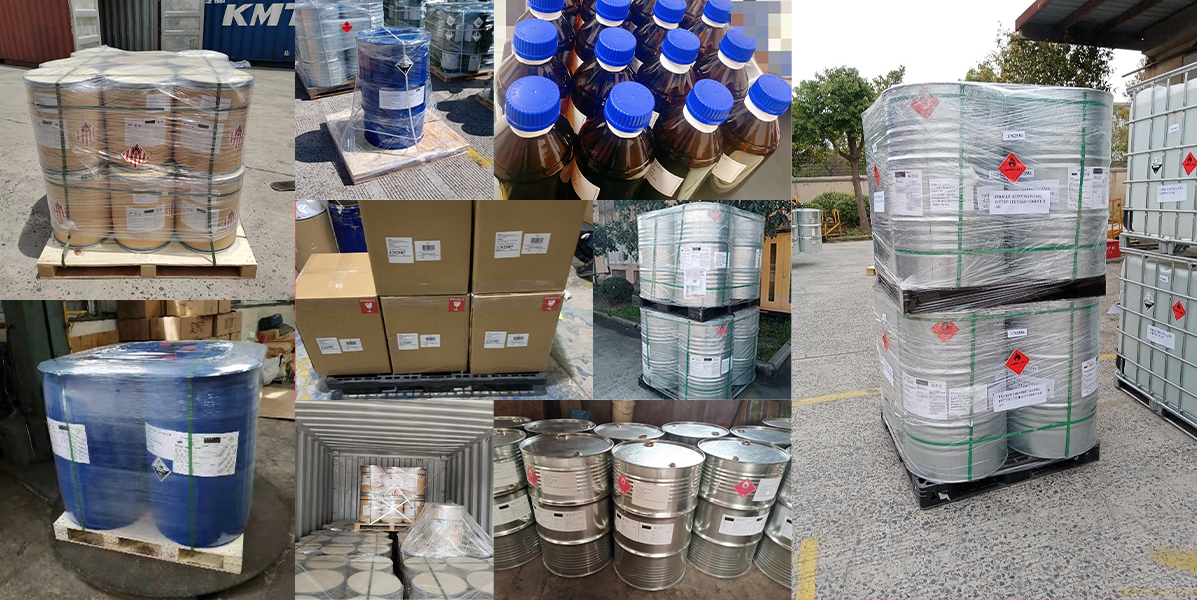The production of Polyvinyl Chloride (PVC) products relies heavily on the quality and performance of its plasticizers, with Dioctyl Phthalate (DOP) being a cornerstone ingredient. As a leading manufacturer of this essential chemical, understanding the intricate processes involved in producing high-purity DOP is crucial for ensuring consistent product quality and meeting the demanding requirements of industrial applications. This article outlines the manufacturing journey of DOP and emphasizes the critical quality control measures employed by reputable producers.
The Synthesis of Dioctyl Phthalate (DOP)
The synthesis of Dioctyl Phthalate is a chemical esterification process involving two main reactants: phthalic anhydride and 2-ethylhexanol. The reaction is typically carried out in the presence of an acid catalyst at elevated temperatures. The overall process can be summarized as:
Critical Quality Control Measures for DOP Manufacturing
Ensuring that the manufactured DOP meets stringent quality standards is paramount for its performance as a plasticizer. Reputable manufacturers implement rigorous quality control (QC) measures at various stages of production:
Why Choose a Quality-Conscious DOP Manufacturer?
When you buy DOP, its quality directly impacts the performance, durability, and safety of your end products. Sourcing from a manufacturer that prioritizes robust QC processes ensures you receive a consistent, high-purity product. This minimizes processing issues, reduces the risk of product defects, and ultimately provides better value. As a leading supplier committed to excellence, we employ state-of-the-art manufacturing processes and rigorous QC protocols to guarantee the quality of our Dioctyl Phthalate. We invite you to request a quote and experience the difference that quality manufacturing makes for your PVC applications.
In conclusion, the production of Dioctyl Phthalate is a sophisticated process that demands meticulous attention to detail and stringent quality control. By understanding the manufacturing journey and the critical QC steps involved, industrial buyers can make informed decisions when sourcing this vital PVC plasticizer, ensuring optimal performance and reliability in their applications.
Manufacturing Facilities






Professional Export Experience
to Global Customers

1. 20 years of R&D, manufacturing and sales experience, serving customers in 60 countries and regions around the world;
2. Own R&D laboratory, pilot platform and large-scale production workshop, which can meet the audit requirements of global customers;
3. We can satisfy customers' perfect transition from small scale lab requirements (gram level) to commercialization requirements (hundred tons level).
A: We don't have Minimum Order Quantity, exact quantity should be provided before quotation for us to calculate the exact cost.
A: We don't provide free samples due to lots of request and expensive international courier's cost, we can deduct the sample charge after commercial order placed.
A: Our payment terms: Small or sample order: T/T IN ADVANCE. Commercial order: First order should be by T/T IN ADVANCE or L/C at sight, and following orders T/T 30~90days is acceptable subject to approval of credit application.